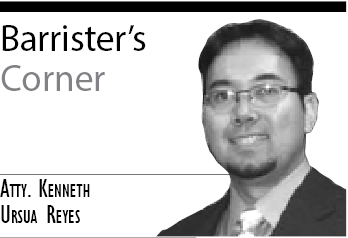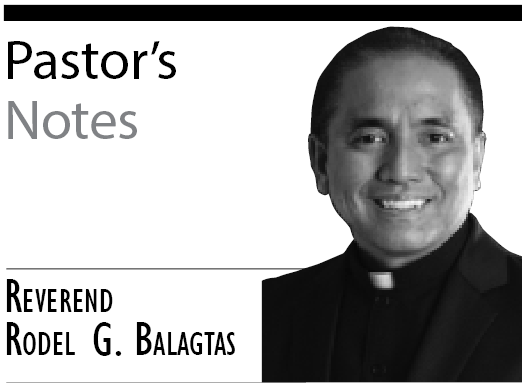ALONG with food, shelter and education, healthcare is imperative for anyone. However, the cost of healthcare in the United States has risen dramatically. For the past two decades or so, more and more people have been left without quality healthcare.
President Barack Obama’s healthcare reform aims to cover between 94 to 97 percent of the American population to ensure that almost everyone will have access to high quality health care. Individuals will be required to carry health insurance, as well as employers for their employees, or face penalty. All health care plans would also be required to provide coverage for an “essentials benefits package,” and cannot deny coverage based on pre-existing conditions. Subsidies would also be offered to families with an annual income up to 400 percent of the poverty line.
Under these conditions, healthcare insurance coverage would be expanded, improve quality, lower costs and hold insurance companies accountable.
But even the best intentions can bring dire consequences. Some lawmakers and pundits are quick to argue that the provision of healthcare for non-citizens, whether legal or illegal, would add burden to the already ailing financial system.
Also, the proposed bill mandates the government’s accessibility to audit employers’ books who self-insure. This will affect small businesses, forcing most employers to abandon their private plans. Other sections of the bill are being questioned, along with possible rationed health care, the government’s access to an individual’s finances and income. The list could go on and on.
The number of the uninsured in the United States continues to grow. Premiums are skyrocketing and more people are being denied coverage everyday. It is admirable that the President is an advocate for providing quality healthcare for everyone, but, perhaps, it would be wiser to weigh the pros and cons of the proposed healthcare bill and do the necessary changes and measures to avoid long-term consequences.(AJPress)
( www.asianjournal.com )
( Published on July 25, 2009 in Asian Journal Los Angeles p. A12 )



